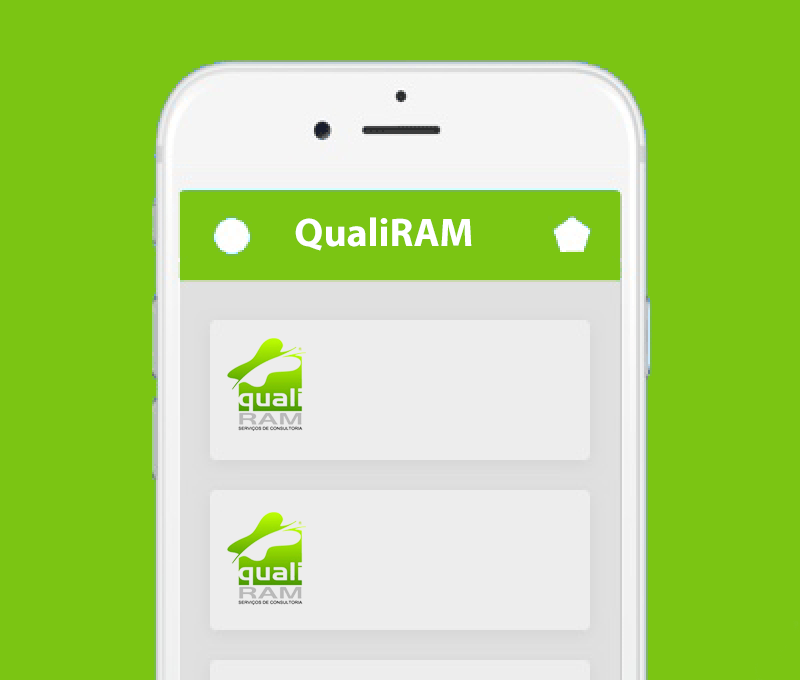The Maturation of Google Search: From Keywords to AI-Powered Answers
Launching in its 1998 rollout, Google Search has progressed from a fundamental keyword detector into a responsive, AI-driven answer mechanism. In early days, Google’s milestone was PageRank, which ranked pages based on the level and magnitude of inbound links. This moved the web past keyword stuffing in favor of content that gained trust and citations.
As the internet broadened and mobile devices surged, search tendencies altered. Google initiated universal search to mix results (reports, imagery, moving images) and following that accentuated mobile-first indexing to embody how people practically navigate. Voice queries by way of Google Now and following that Google Assistant stimulated the system to read conversational, context-rich questions over clipped keyword arrays.
The future stride was machine learning. With RankBrain, Google initiated understanding previously original queries and user meaning. BERT furthered this by appreciating the shading of natural language—relational terms, meaning, and dynamics between words—so results better reflected what people were seeking, not just what they typed. MUM stretched understanding covering languages and modes, allowing the engine to connect related ideas and media types in more refined ways.
In modern times, generative AI is reimagining the results page. Pilots like AI Overviews distill information from multiple sources to provide compact, appropriate answers, often combined with citations and downstream suggestions. This minimizes the need to tap varied links to gather an understanding, while even so pointing users to more complete resources when they intend to explore.
For users, this advancement indicates more rapid, more targeted answers. For writers and businesses, it credits richness, ingenuity, and transparency over shortcuts. Prospectively, predict search to become steadily multimodal—frictionlessly synthesizing text, images, and video—and more tailored, accommodating to choices and tasks. The development from keywords to AI-powered answers is in the end about modifying search from seeking pages to delivering results.
